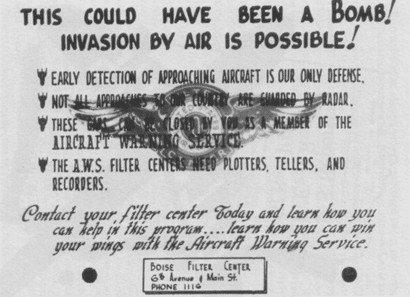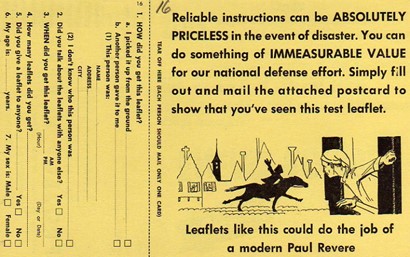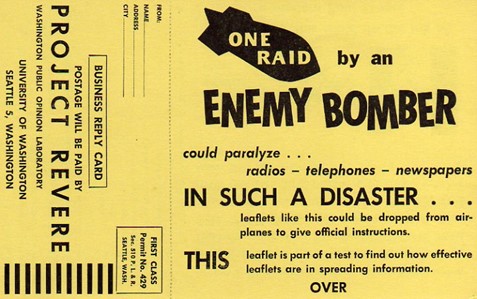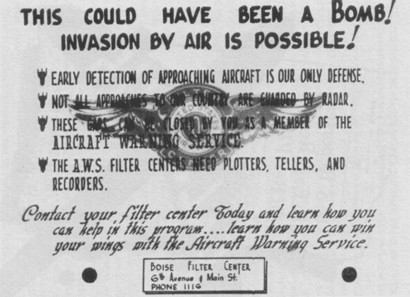Project Revere was one of the most extensive studies ever undertaken on the impact of mass communications during wartime. The scale of the project was immense – the study ran over two and a half years with 20 full-time researchers, dropping millions of leaflets over 30 towns.
Project Revere: A Summary
At the outbreak of the Korean War in 1950, Communist propaganda emanating from North Korean and Chinese forces mounted quickly. The UN called on allied states to help defend the Republic of Korea considering the escalating conflict.
The US had seldom undertaken information warfare, particularly not at this scale. Therefore, the US Air Force funded a study undertaken by the University of Washington. The objective was to understand how best to disperse messaging throughout communities to further political and economic agendas. This study was named Project Revere, after Paul Revere’s famous midnight ride to warn of the British invasion.

Project Revere: So What?
Project Revere ultimately informed the propaganda strategies of the US Army during the Korean War, and perhaps after. Therefore, it is important to examine Project Revere further to better understand the US’ Information Warfare today.

Aims & Methodology
Their involvement was secret initially. Later on declassified documents show that the US Airforce’s Human Resources Research Institute funded a significant amount of money to the Washington University to undertake the project. The team chosen for the project was a group of Psychology and Mass-Communications professors, led by Dr Stuart Dodd. Dodd summarised Project Revere as follows:
“The Air Force wants to know how far, fast, fully and how effectively a message would be apt to spread through a given population. People answering the “Four F’s”answered with as high generality as possible. They wanted us to study the basic principles of message diffusion.”
As part of Project Revere, the University of Washington dropped millions of leaflets over rural areas of Washington State, Idaho, Montana, Utah, and Alabama. The scholars then surveyed these local communities to understand how, if at all, these messages had diffused throughout the target communities.

The leaflets ranged from innocuous advertising for coffee to alarming statements of imminent war threat. These were dropped over rural communities en masse. These had return slips for participants to return with details as to how they found the communications and how the communication made them feel. Researchers also canvassed the areas to take more in-depth interviews as to the impact of the leaflets.
As a result of the leaflet drops as part of Project Revere, many members of the impacted communities called police, radio stations, and civil defence organisations in panic. In addition, several protesters complained against the study. The project would though continue until 1953.
Impact
Whilst Project Revere was an incredibly extensive study, the researchers urged caution over the results. Dodd, the head researcher for Project Revere, concludes that, “regardless of how many leaflets the project would drop, only about one-half of the people will pick them up. Only about 6% of the people hear the leaflet messages orally from others. About 33% of the people never hear the message at all. More people saw the leaflet than knew the message, and more people knew the message than acted upon it”. This may paint a grim picture of the impact of Revere, and Information Warfare more generally.
However, the project did make several significant conclusions about the efficacy of leaflet communications. Firstly, the study concluded that leaflets provided a long-term impact on the general discourse of a given population, more so than that of radio or speakers. It also argued that readability of leaflets for such a wide audience should be very simple and readable, at a level that small children could understand, to best ensure the message is spread widely.
Conclusion
The project can be argued to be somewhat controversial in terms of spreading false alarming messaging to unknowing participants. However, the study was integral to the Korean War Information Warfare effort and continues to inform US military mass communication policy.

